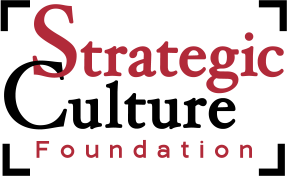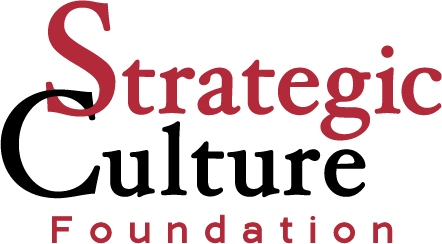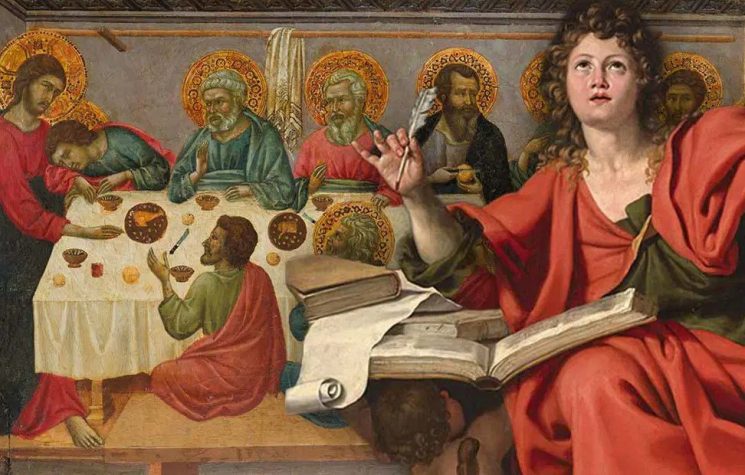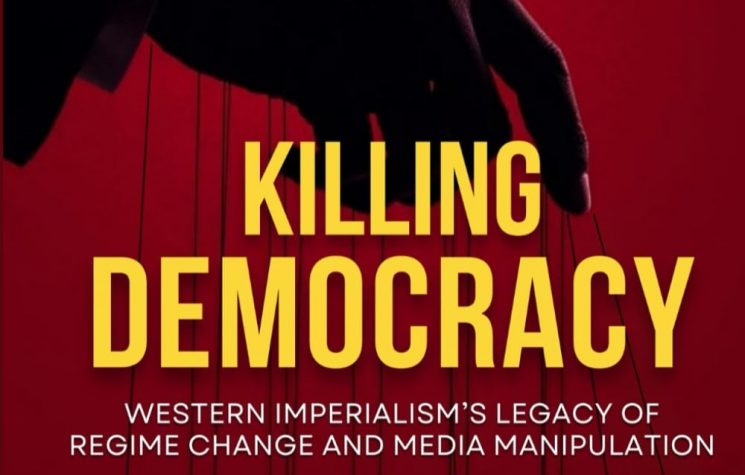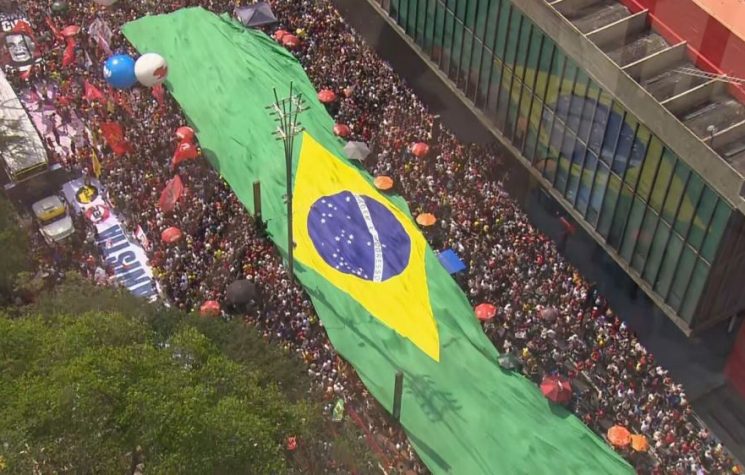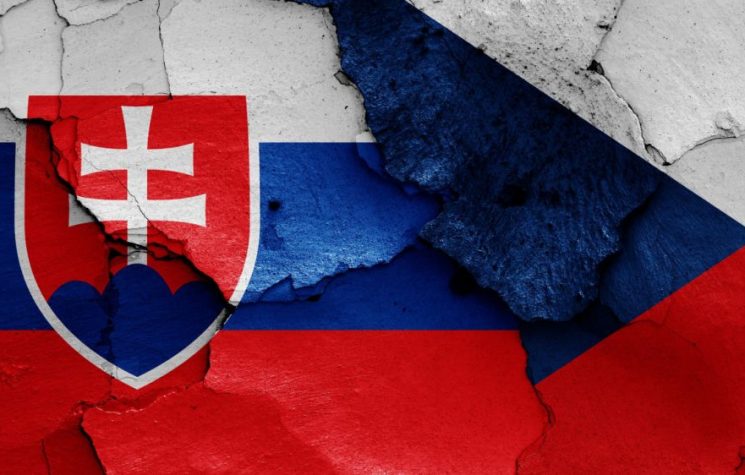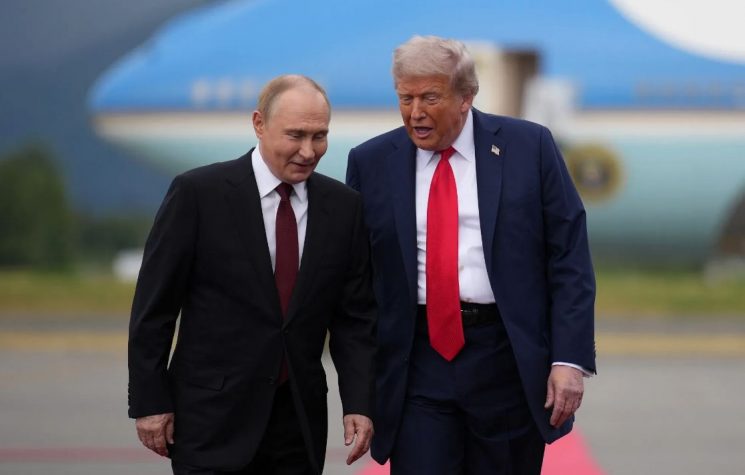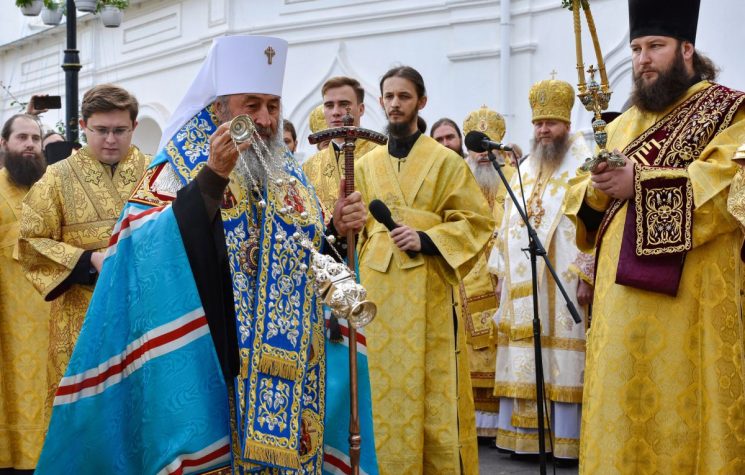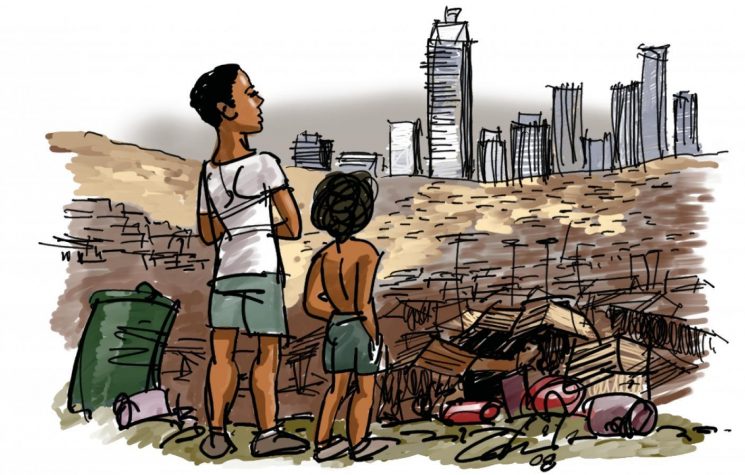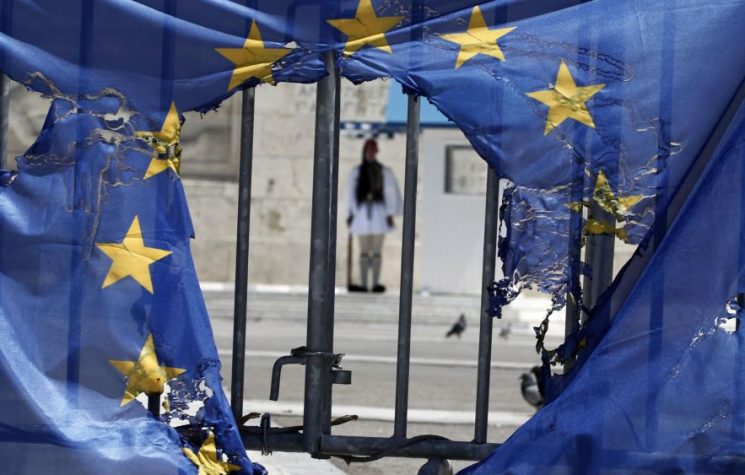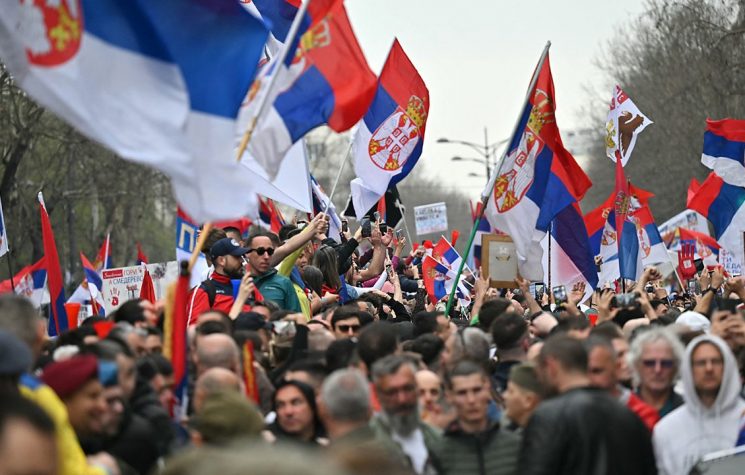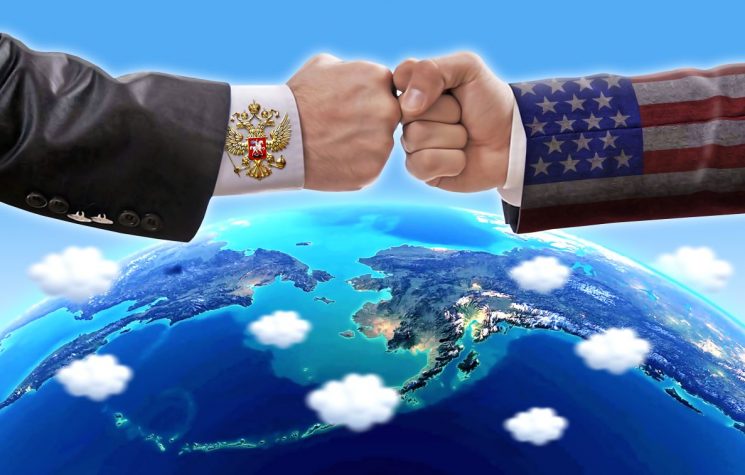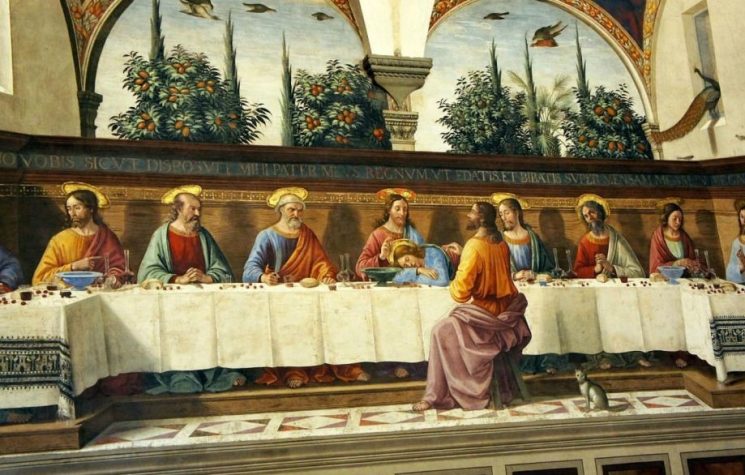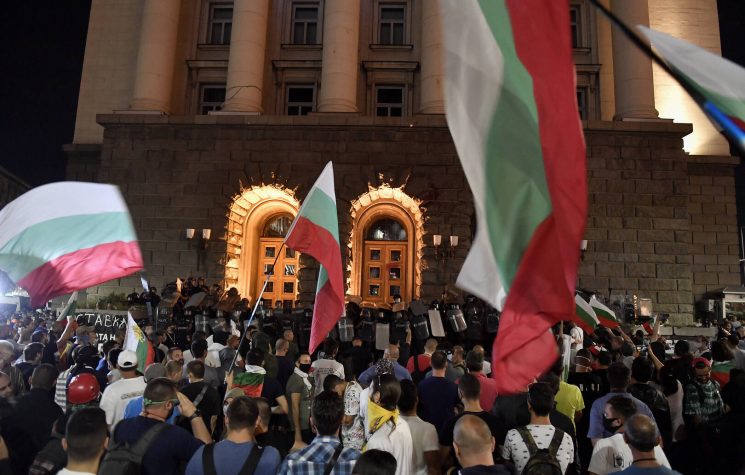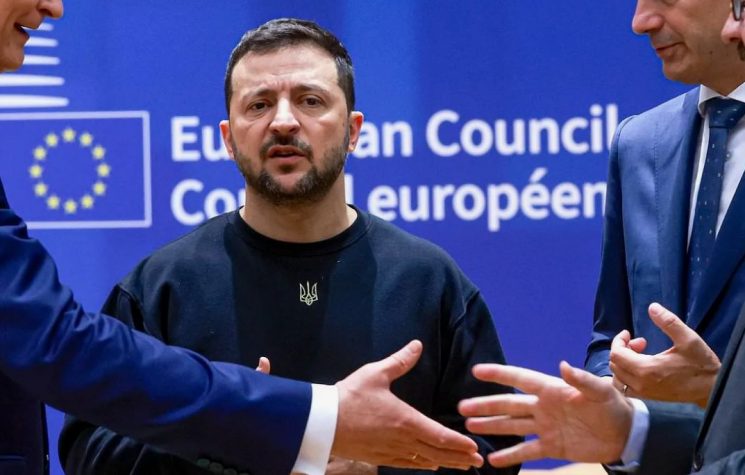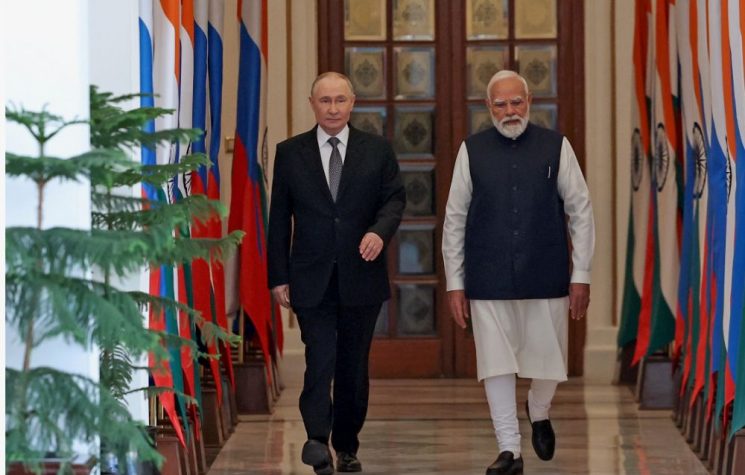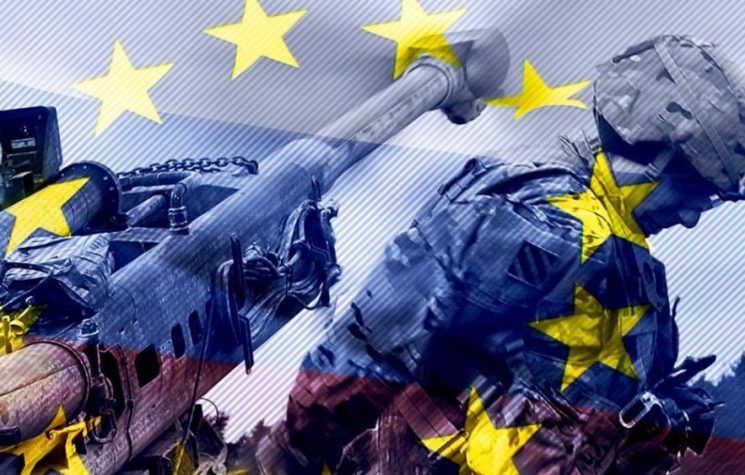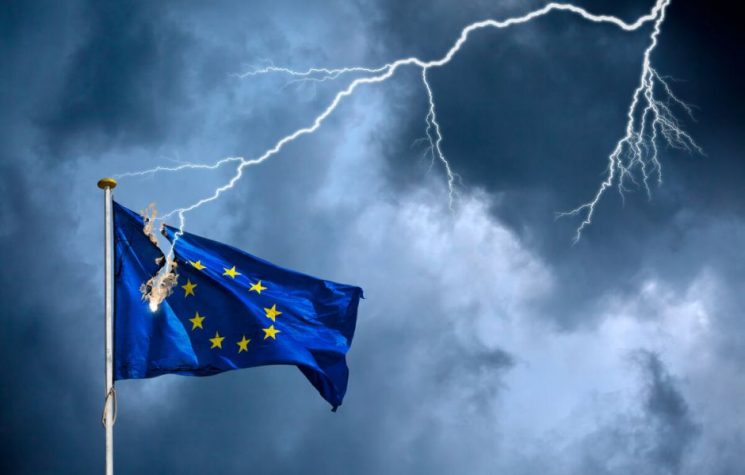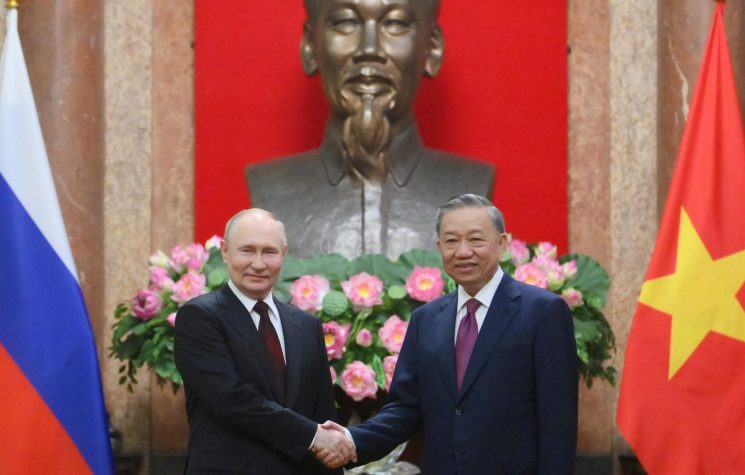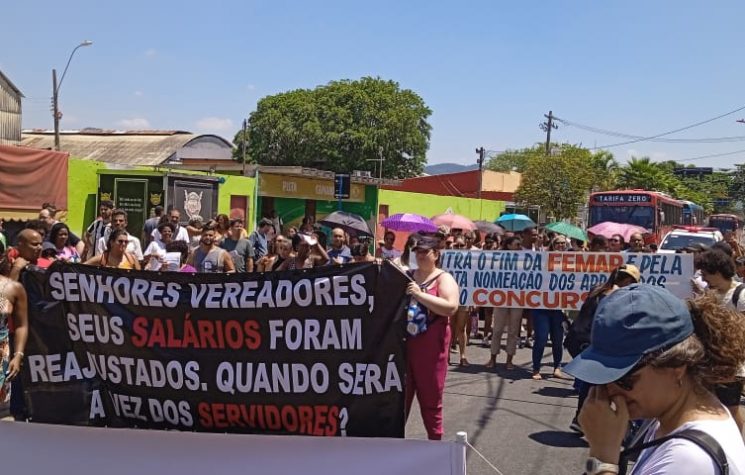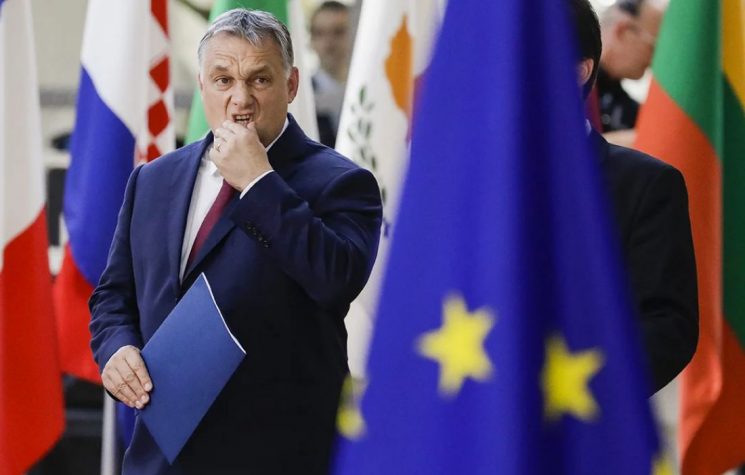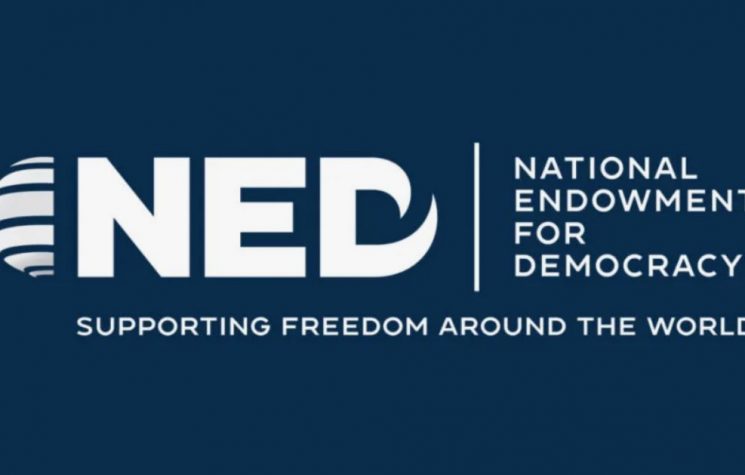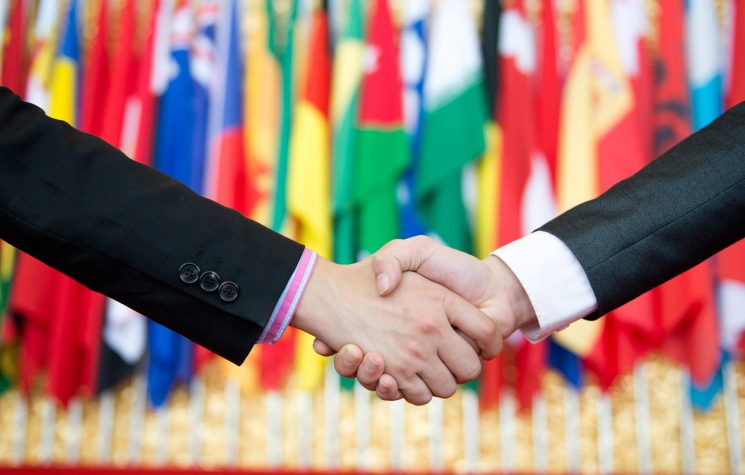Popular diplomacy not only expands the scope for civic participation in foreign policy, but also becomes a determining factor in producing symbolic capital that can be spent in traditional diplomatic relations.
Join us on Telegram![]() , Twitter
, Twitter![]() , and VK
, and VK![]() .
.
Contact us: info@strategic-culture.su
Where institutions no longer work
Traditional diplomacy, practiced since ancient times, consists of official interactions between governments and their representatives for the management of international relations. It is characterized by formal protocols, negotiations, and agreements between states. In contrast, people’s diplomacy is a relatively recent concept, which emerged in the United States in the 1960s, and refers to the involvement of non-state actors—such as individuals, groups, and organizations—in the dynamics of international relations.
The goal of people’s diplomacy is to foster mutual understanding, cooperation, and dialogue between people from different countries, often bypassing traditional diplomatic channels. It is expressed through cultural exchanges, educational programs, sports initiatives, and citizen diplomacy practices. The ultimate goal is to build bridges between different societies and promote grassroots engagement in international issues.
This is necessary because the disconnect between the people and the elite, between citizens and institutions, has grown steadily in recent years, to the point of reaching the paradox of having tyrannical and despotic forms of political regimes that call themselves “democracies” and propagate rights and freedoms with great rhetorical force, but are in reality oppressive governments that deny the very demands of democratic forms.
This is where the need arises to introduce different levers of power that allow influence to be exerted on institutions to the point of changing some of their decisions. This applies mostly to the West, where this process of political separation has been underway for some time and where there have been no revolutions for more than a century and a half. The situation is different, for example, in countries and political systems such as those in East Asia or African countries, where revolutionary demands are still present and active.
People for people
While traditional diplomacy favors official relations between governments, popular diplomacy emphasizes direct links between people, recognizing the role of public opinion, civil society, and non-governmental organizations in shaping foreign policy and international relations.
In recent decades, people-to-people diplomacy has gained increasing attention and legitimacy as a complementary tool to traditional diplomacy, as it offers additional channels for communication, cooperation, and conflict resolution, contributing to a more inclusive and participatory approach to global governance, which involves the active involvement of non-state actors in international affairs. Both play a significant role in defining the global landscape and promoting cooperation and understanding between nations, but at different levels and, if we want to remain within the framework of a multilateral approach, also on different sides.
It is true that diplomacy, understood as the management of international relations, has been a fundamental element of human interaction for centuries, and it is a serious matter, but in the context of the 21st century, it is undergoing profound transformations to respond to the challenges and opportunities of an increasingly interconnected and complex world, where the models of political participation that had become established in the 20th century are no longer sufficient and no longer respond to the political needs of citizens.
There are many ways of implementing this parallel diplomacy. The first involves informal mediation: civil society groups promote private meetings, workshops, or conferences that bring together parties in conflict, offering neutral venues for dialogue and helping to reduce psychological and cultural barriers. Such initiatives can take place either in person or virtually, using digital platforms that enable rapid and secure communication.
A second method is international advocacy. Through coordinated campaigns, online petitions, and the systematic use of social media, social groups construct alternative narratives and influence global public opinion, with the aim of exerting moral and political pressure on government institutions and multilateral bodies. This strategy aims to legitimize some claims and delegitimize others, increasing the symbolic relevance of the subjects involved.
This can take the form of transnational cooperation programs, such as academic exchanges, cultural initiatives, and joint development projects, which strengthen inter-societal ties and generate trust capital. Through these practices, social groups not only convey messages of peace or solidarity, but also build lasting networks capable of supporting future negotiations.
New forms
One of the most significant transformations in contemporary diplomacy is the rise of digital diplomacy. In an era dominated by technology and social media, diplomats use digital platforms to interact with global audiences, shape public opinion, and promote national interests. Digital diplomacy allows for direct communication with citizens, bypassing intermediaries and traditional gatekeepers, thus promoting greater transparency and accessibility. After all, the infosphere is the fifth domain of warfare, and as such represents the administrative hub of the gray zone where hybrid modes of conflict take place.
However, the spread of digital technologies also introduces challenges: diplomats must grapple with the complexity of cyberspace, including cybersecurity threats, information warfare, and online disinformation. They must be able to combine the effective use of digital tools with the protection of privacy, security, and the integrity of diplomatic channels. It is no coincidence that many official embassies have introduced cyberspace experts over the last ten years. Virtually nothing in the world can now be ‘disconnected’ from the global network: communication systems, financial systems, production systems, weapons systems. The network is an integral part of our lives and, therefore, also of how states relate to each other.
This involves the participation of multiple stakeholders in negotiations and decision-making processes, which means including representatives from different sectors—government, civil society, the private sector, and academia—to collaborate and bring different perspectives to the resolution of global issues. While traditional diplomacy focused primarily on interactions between states, today it is increasingly a multi-actor process, recognizing the growing influence of non-state actors in the international arena and the need for inclusive decision-making.
Contemporary diplomacy is therefore based on building alliances, creating partnerships, and negotiating agreements to address these common problems, adopting a proactive and solution-oriented approach based on cooperation rather than competition. If we look back over the last ten or even twenty years, we can see that the world has changed rapidly, introducing completely new models of international relations, breaking some clichés and experimenting with alternative forms, even rewriting international law through experimentation.
In an increasingly interdependent global economy, economic diplomacy has taken on a central role. Diplomats are tasked with promoting trade, attracting investment, and facilitating economic cooperation between states, which are involved in negotiating trade agreements, resolving disputes, and strengthening economic ties to stimulate growth and shared prosperity. At the same time, economic intelligence has also grown and is now indispensable.
The ability to persuade and influence has become a key element, with levers that are different from those of the past. People’s diplomacy, aimed at shaping public opinion and the perception of a country, is now an indispensable tool. At the same time, soft power has gained greater relevance alongside traditional coercive power. Diplomats are increasingly turning to cultural exchanges, educational programs, and outreach initiatives to enhance their country’s reputation and influence. An interesting phenomenon in this regard is think tanks, which are cross-cutting, particularly versatile organizations that perform a type of activity that was previously the preserve of specialized research centers.
Social Media, Social Power
The transformation of the global information ecosystem, marked by instant interconnection and widespread circulation of content, allows social actors to project their demands beyond national borders, indirectly influencing the political and diplomatic agenda of governments. In this context, social media are privileged tools for immediate contact between citizens, capable of reducing traditional information asymmetries and expanding the transnational public sphere.
From the point of view of soft power, popular diplomacy is a device capable of increasing the cultural and value attractiveness of a country, as well as legitimizing or delegitimizing the positions of state institutions. Through viral campaigns, collaborative online initiatives, and shared narratives, social actors can shape international public opinion and attitudes, influencing interstate relations without resorting to coercive measures.
In conclusion, what emerges is a picture in which the distinction between official diplomacy and grassroots diplomacy tends to blur: the former, in fact, cannot ignore the monitoring and integration of the dynamics that develop in the infosphere, at the risk of losing credibility and influence.
Popular diplomacy, enhanced by new technologies, not only expands the scope for civic participation in foreign policy, but also becomes a determining factor in building a state’s international image and producing symbolic capital that can be spent in traditional diplomatic relations.
